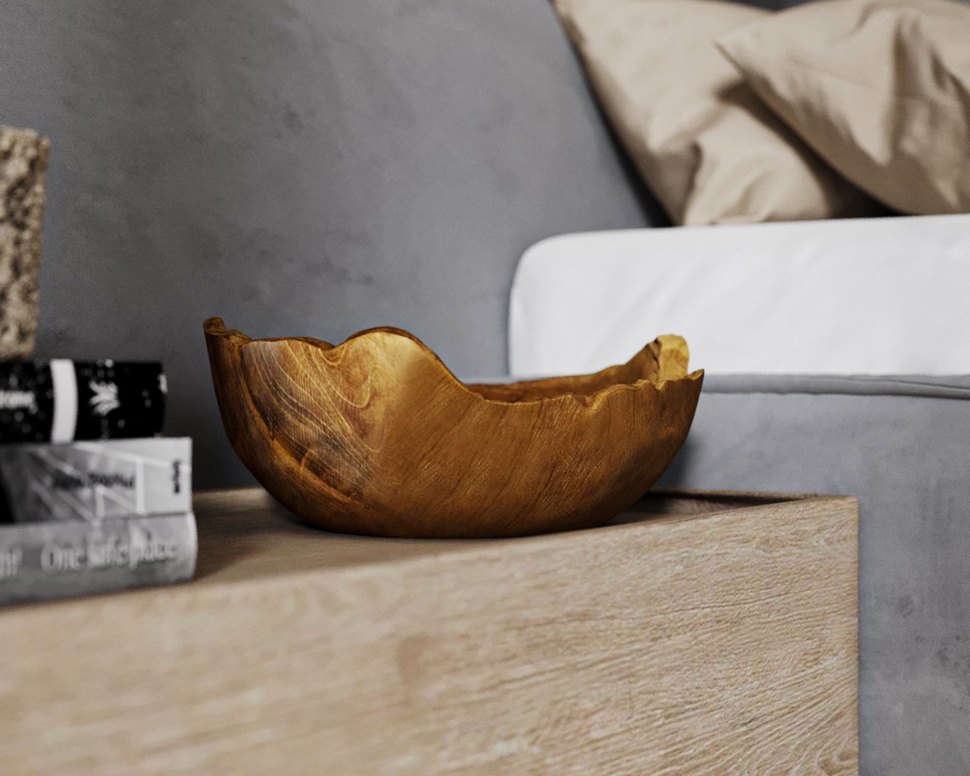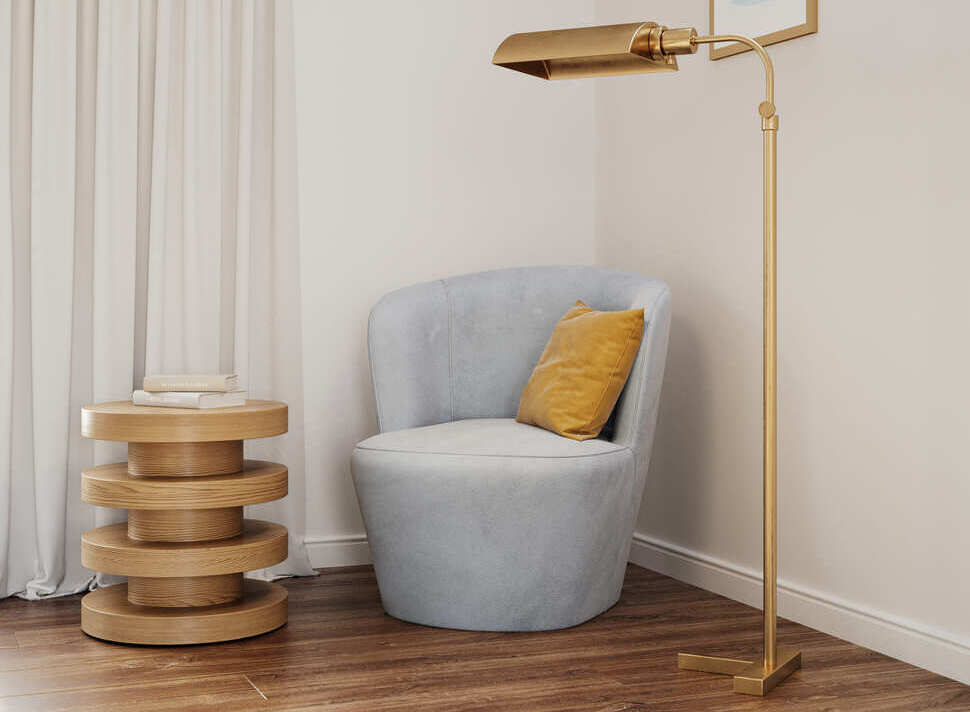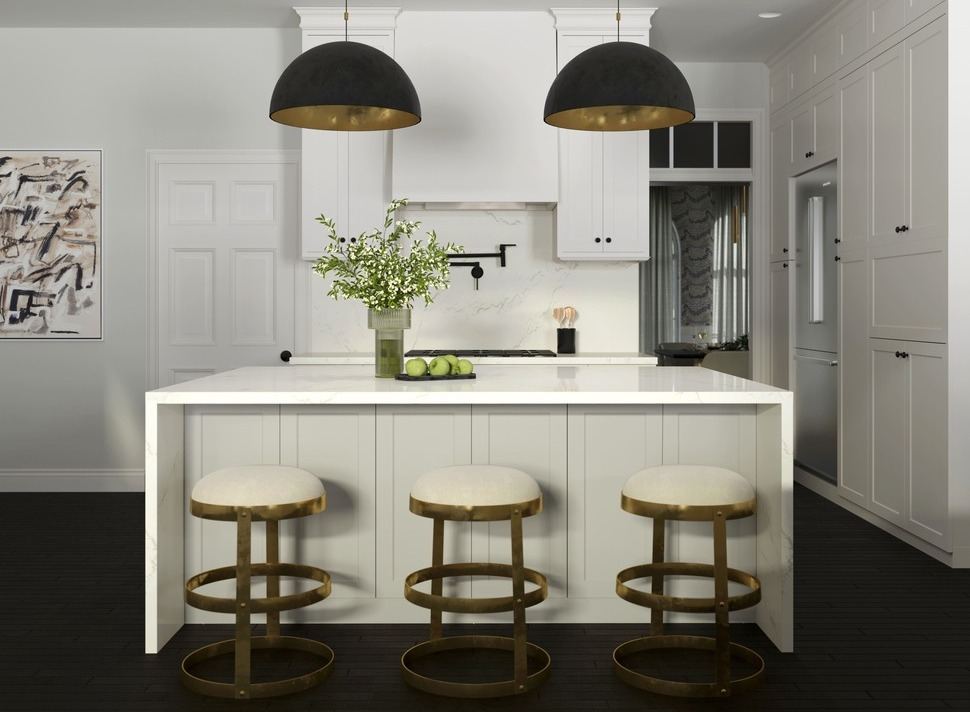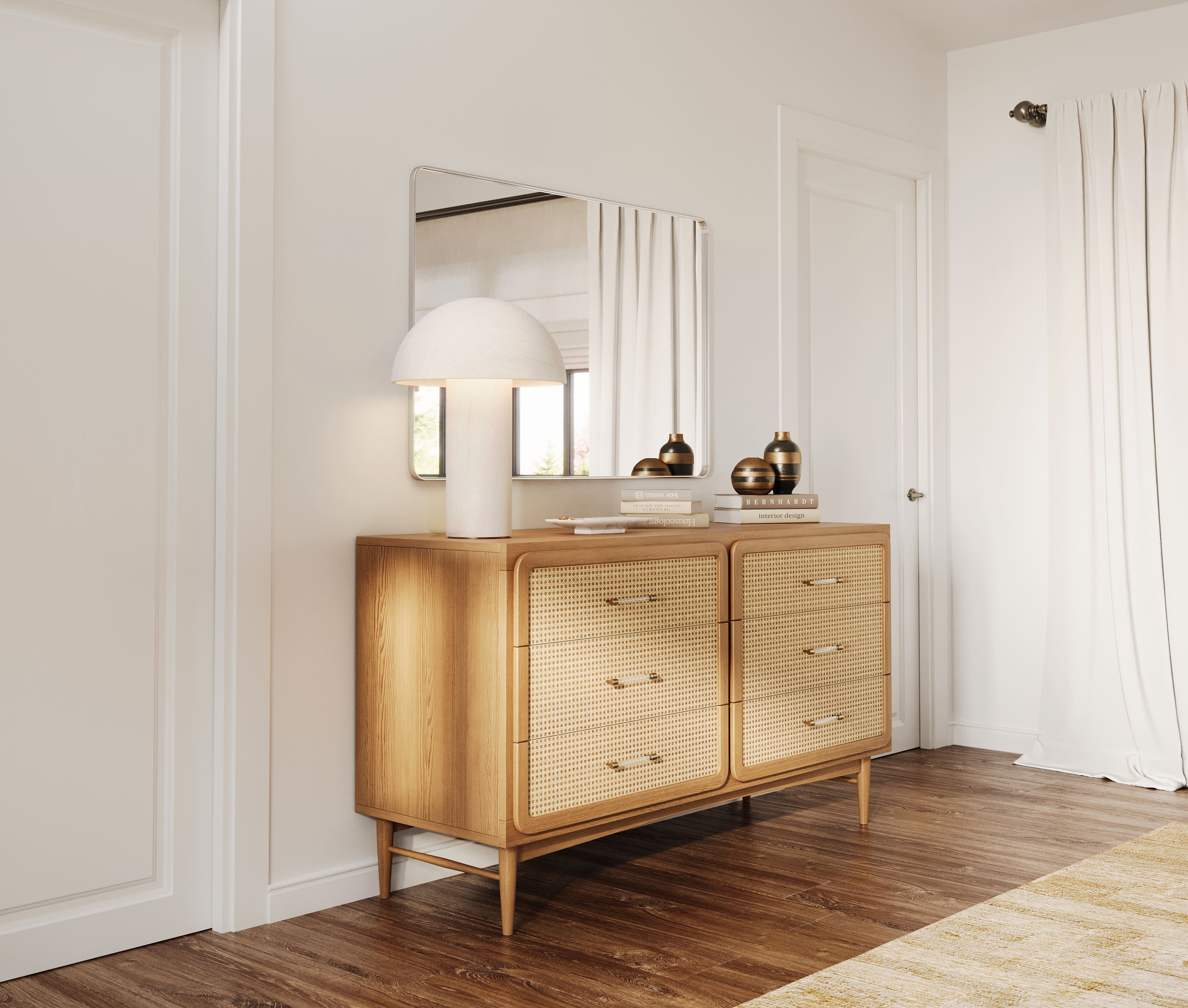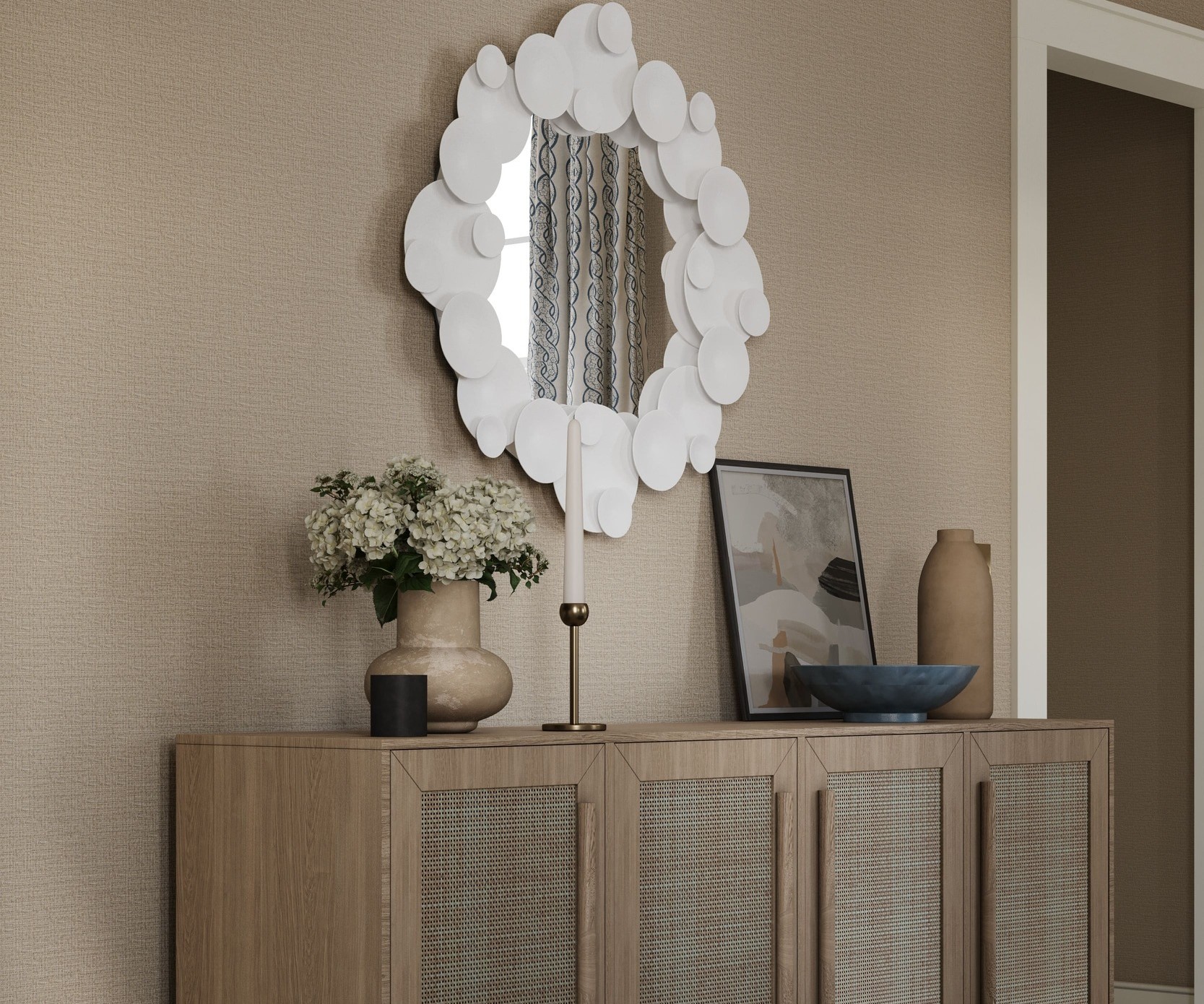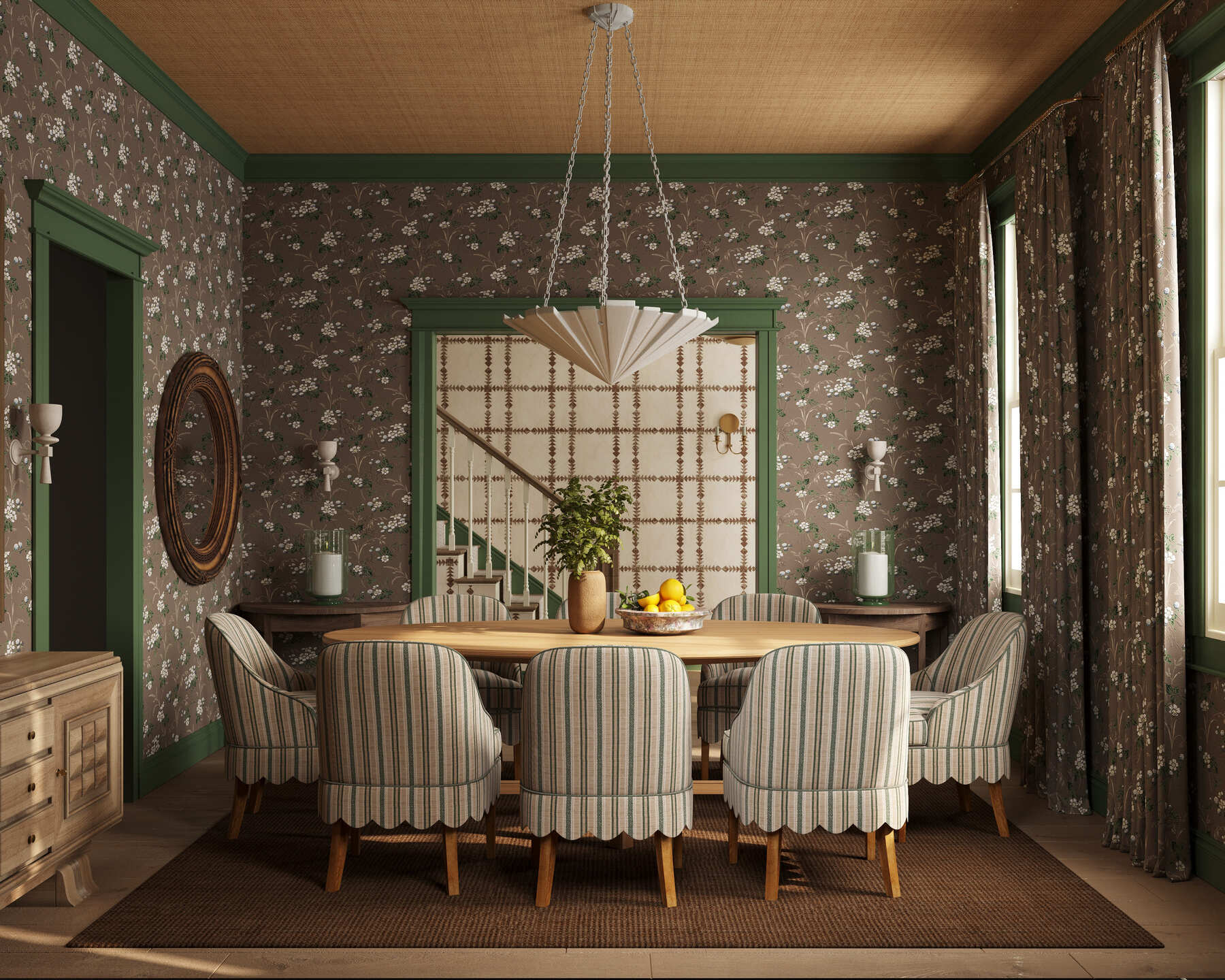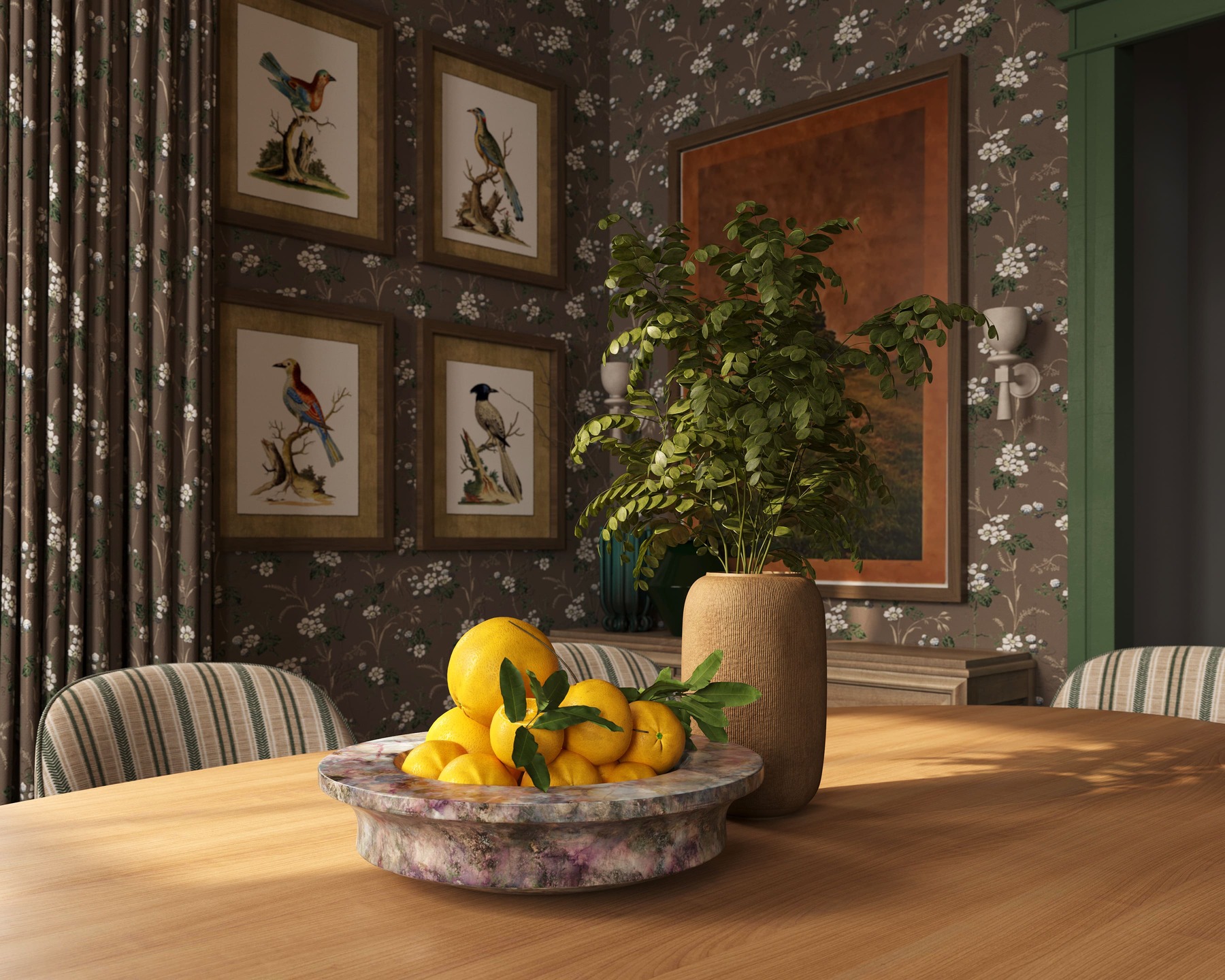Breaking New Ground: 3D Models and WebAR in Retail Innovation
In an era where technology continually reshapes consumer expectations, the retail sector is witnessing a significant transformation by adopting 3D models and WebAR. This revolution is not just altering the landscape of online shopping. Still, it is also redefining in-store experiences, merging the tactile allure of physical retail with the convenience and innovation of digital platforms. At the heart of this transformation is product modeling for AR (Augmented Reality), a technology that is breaking new ground in how products are showcased, customized, and experienced. This article aims to delve deep into the pivotal role of 3D product modeling in retail, followed by the seamless integration and impact of WebAR technology in creating immersive shopping experiences that captivate and engage customers like never before.
The Role of 3D Product Modeling in Modern Retail
3D product modeling stands as a cornerstone in modern retail, offering many benefits beyond mere visual appeal. At its core, 3D modeling involves creating digital representations of products that can be manipulated and viewed from any angle, providing a comprehensive visualization that traditional photography falls short of delivering. This capability is crucial in industries where the product's physical attributes—such as texture, material, and functionality—are pivotal to consumer decision-making. For instance, in the furniture industry, companies like IKEA have leveraged 3D modeling to offer customers a virtual yet lifelike view of how specific pieces would look in their living spaces, significantly enhancing customer satisfaction and reducing return rates.
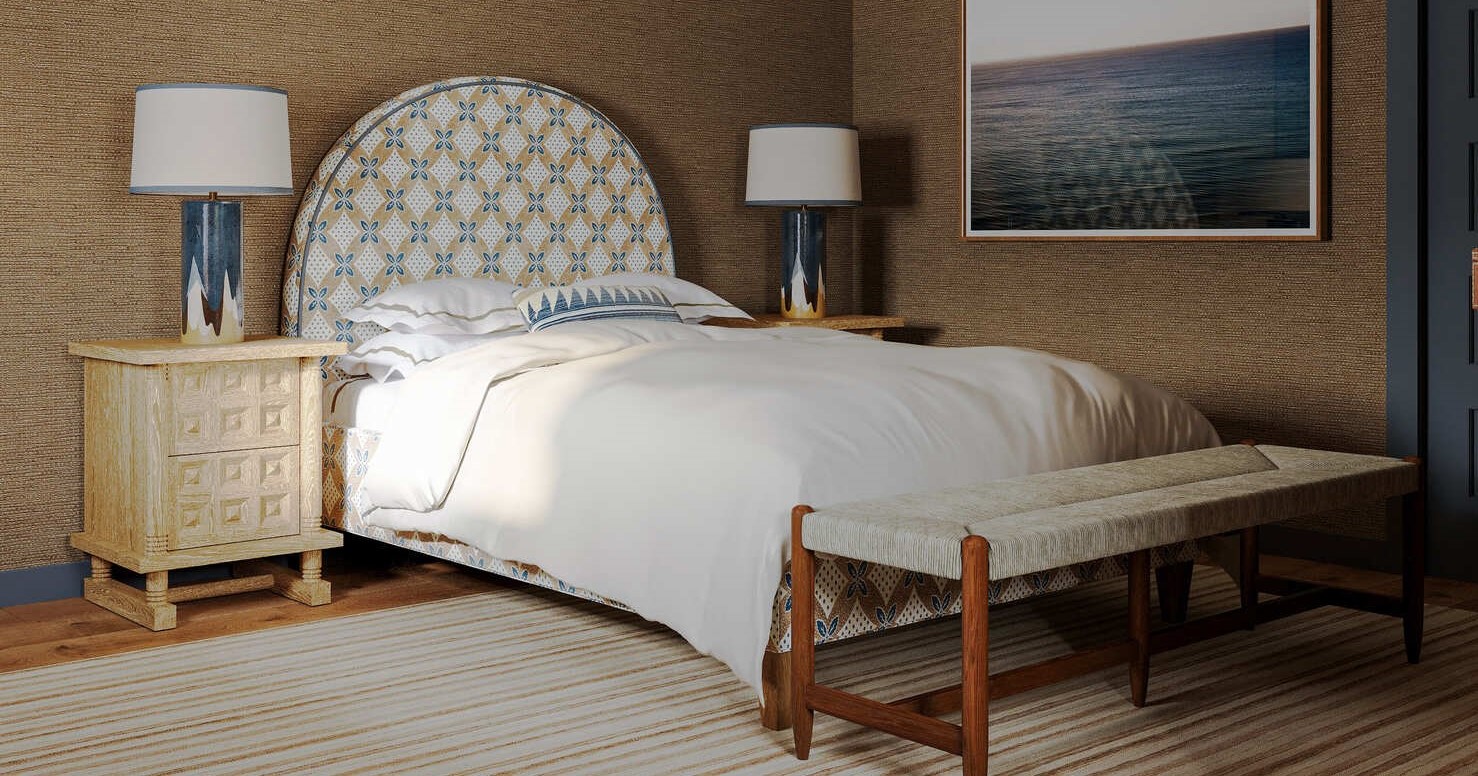
Image from Yousee Studio
The impact of 3D product modeling on consumer engagement must be considered. By enabling interactive experiences, such as zooming in for detailed views, rotating to see products from various angles, and even customizing features like color and texture in real time, 3D models empower consumers to make informed purchasing decisions. This level of interactivity increases the time spent on product pages and boosts conversion rates. Studies have shown that products displayed in 3D see a significant increase in conversion, with some retailers reporting up to a 40% uplift compared to products showcased with standard images.
Furthermore, 3D modeling serves as a foundational technology for Augmented Reality (AR) applications in retail, allowing for the seamless integration of digital products into the real world. This integration has opened new avenues for retailers to offer unique and personalized shopping experiences, both online and in-store. From virtually trying on apparel and accessories to visualizing how a piece of furniture fits in a room, 3D models have become indispensable in the retail sector's ongoing digital transformation.
The technical sophistication involved in creating accurate and high-quality 3D models requires expertise in various software and rendering techniques. Professionals commonly use tools such as Autodesk 3ds Max, Maya, and Blender to create detailed models that accurately represent the physical characteristics of products. These models are optimized for AR platforms, ensuring they are lightweight for seamless performance without compromising on detail. The process of 3D modeling for retail also involves a deep understanding of materials and lighting to ensure that the digital representations are as close to their natural counterparts as possible.
WebAR: Bridging the Gap Between Virtual and Physical Spaces
The advent of WebAR technology has marked a significant milestone in the evolution of retail, offering a bridge between virtual and physical spaces that enhances the shopping experience to unprecedented levels. WebAR allows consumers to access AR experiences directly through their web browsers without downloaditoddownloadps, making AR more accessible to a broader audience. This ease of access has profound implications for retail, as it enables customers to instantly visualize products in their actual environment, whether it's seeing how a new sofa fits in their living room or how a piece of art would look on their walls.
One of the most compelling aspects of WebAR in retail is its ability to create a personalized shopping experience. By allowing customers to see how products fit into their lives before purchasing, WebAR reduces the uncertainty often accompanying online shopping. This leads to higher conversion rates and minimizes returns, as customers have a more explicit expectation of the product. Moreover, WebAR can significantly enhance customer engagement and brand loyalty by offering an interactive and immersive experience that stands out in the crowded retail market.
Implementing WebAR in retail has challenges, including the need for high-quality 3D models and the technical requirements to ensure seamless integration into eCommerce platforms. However, the benefits far outweigh these challenges, as evidenced by early adopters in the retail industry. For example, home improvement stores have started using WebAR to allow customers to visualize how different paint colors or flooring options would look in their own homes directly from their product pages. This application of WebAR has not only improved the online shopping experience but has also driven in-store visits, as customers can experiment with different options online before making final decisions in-store.
Furthermore, the potential of WebAR in retail extends beyond visualization to include interactive marketing campaigns that can engage customers in novel ways. Brands can create WebAR experiences that allow customers to explore products in engaging and entertaining formats, such as virtual scavenger hunts or interactive product demos, directly from their smartphones. These campaigns can significantly increase brand visibility and customer interaction, creating memorable experiences that foster a deeper connection between the brand and its audience.
In conclusion, the integration of 3D product modeling and WebAR technology is set to revolutionize the retail sector, offering new opportunities for customer engagement, personalization, and immersive shopping experiences. As technology advances and consumer expectations evolve, adopting these innovations will become increasingly critical for retailers looking to stay ahead in the digital era.
Overcoming Challenges in Implementing 3D and WebAR in Retail
Integrating 3D models and WebAR into retail is challenging. These range from the high costs and technical expertise required for producing 3D models to ensuring seamless integration with existing eCommerce platforms. Moreover, creating an intuitive user experience that encourages customers to engage with these new technologies is critical. Retailers must navigate these hurdles effectively to harness the full potential of 3D and WebAR to enhance the shopping experience.
One major challenge is the initial investment in 3D product modeling. High-quality 3D models are essential for creating realistic and engaging WebAR experiences. However, producing these models requires sophisticated software and skilled 3D artists, representing significant costs. Retailers need to assess the return on investment carefully, considering the direct impact on sales and long-term benefits such as increased customer engagement and brand differentiation.
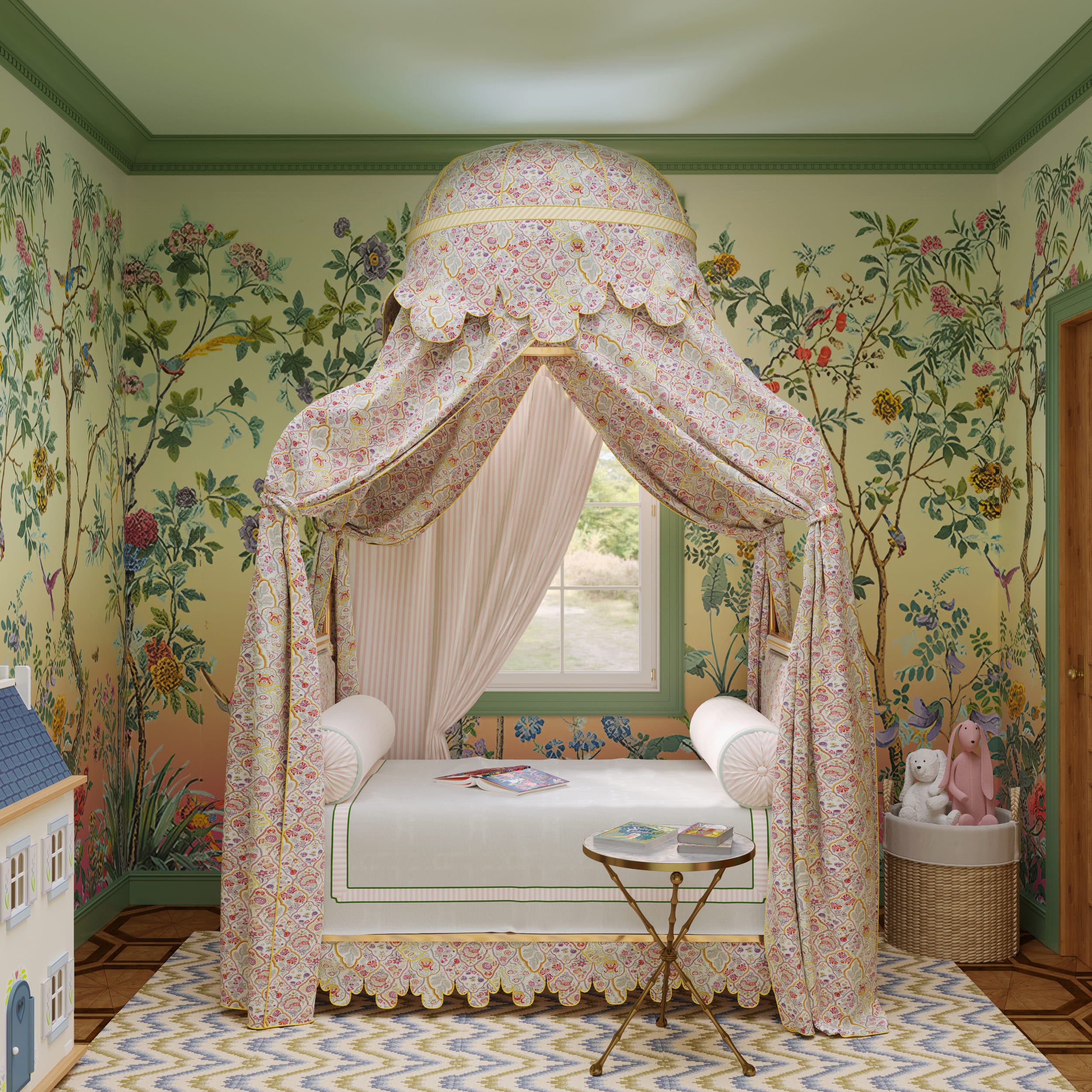 |
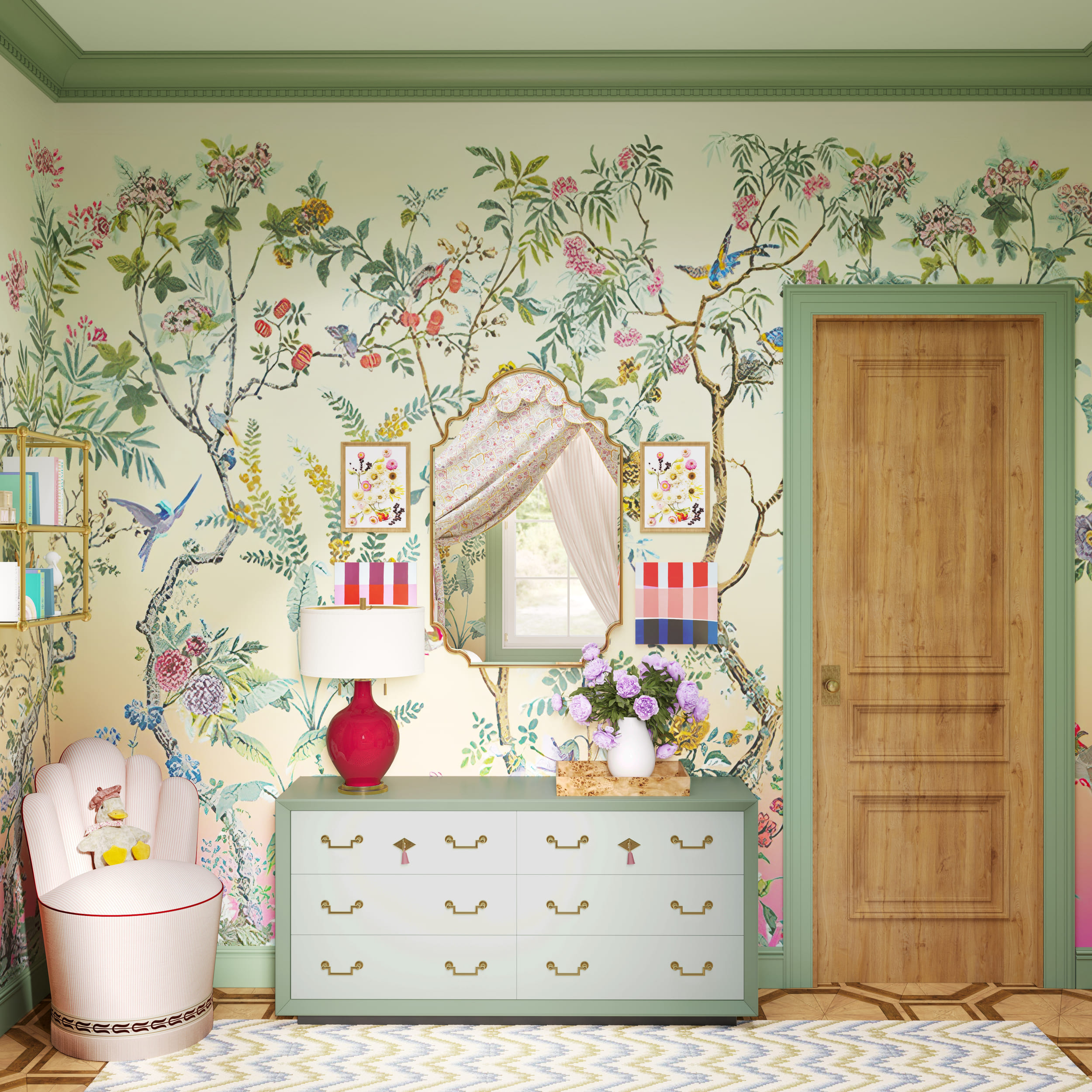 |
Image from Yousee Studio
Another technical challenge is ensuring that 3D models and WebAR experiences are optimized for performance across various devices and bandwidth conditions. WebAR, in particular, must be lightweight enough to load quickly on mobile devices while maintaining high detail and realism. This requires careful optimization of 3D models and advanced compression techniques to reduce file sizes without compromising quality.
Integrating WebAR into existing eCommerce platforms can be complex from a logistical standpoint. Retailers must work closely with web developers and AR technology providers to ensure WebAR experiences are seamlessly embedded into product pages. This often involves updating web infrastructure to support new content types and interaction models, which can be time-consuming and technically challenging.
Retailers can adopt a phased approach to overcome these challenges, starting with pilot projects to test and learn from smaller-scale implementations. This allows them to assess the impact of 3D and WebAR on customer engagement and sales, refine their approach based on real-world feedback, and scale up successful initiatives. Additionally, leveraging partnerships with technology providers can help retailers access the necessary expertise and tools to accelerate the adoption of 3D and WebAR.
Looking Ahead: The Future of Retail with 3D Modeling and WebAR
The future of retail with 3D modeling and WebAR looks promising, offering endless possibilities for innovation and customer engagement. As these technologies evolve, we can expect to see even more immersive and interactive shopping experiences that blur the lines between digital and physical retail.
One potential growth area is using AI and machine learning to enhance 3D modeling and WebAR experiences. For example, AI algorithms could automate the creation of 3D models from product photos, significantly reducing the time and cost associated with producing 3D content. Machine learning could also personalize WebAR experiences based on customer preferences and behavior, offering tailored product recommendations and visualizations.
Another exciting possibility is the integration of 3D and WebAR with other emerging technologies, such as virtual reality (VR) and the Internet of Things (IoT). For instance, combining WebAR with VR could enable fully immersive virtual stores where customers can explore products in a 3D virtual space. Meanwhile, integrating WebAR with IoT devices lets customers see how smart home products interact with existing devices before purchasing.
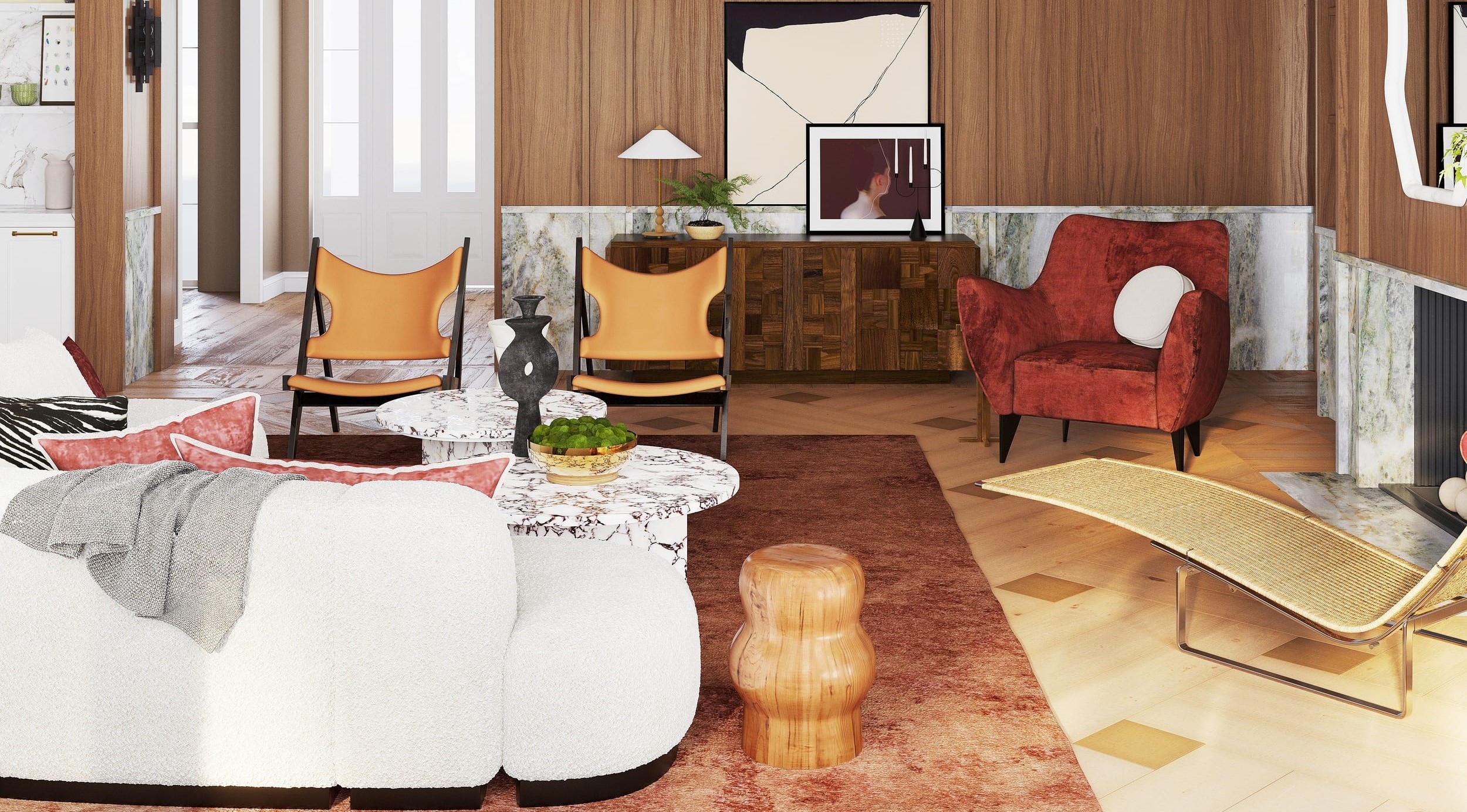
Image from Yousee Studio
As 5G networks become more widespread, the performance and reliability of WebAR experiences are expected to improve significantly. The increased bandwidth and lower latency of 5G will enable more complex and detailed WebAR experiences to be delivered smoothly on mobile devices, further enhancing the customer experience.
In conclusion, integrating 3D modeling and WebAR represents a significant opportunity for retailers to innovate and differentiate themselves in a competitive market. By overcoming these technologies' technical, logistical, and financial challenges, retailers can create engaging and immersive shopping experiences that resonate with modern consumers. The ongoing evolution of 3D and WebAR technologies promises to unlock new possibilities for retail innovation, driving further growth and transformation in the sector.
Contact us at YouSee Studio for captivating 3D renderings and immersive virtual experiences.
Karen Spacey is a content writer and the author of this article.

